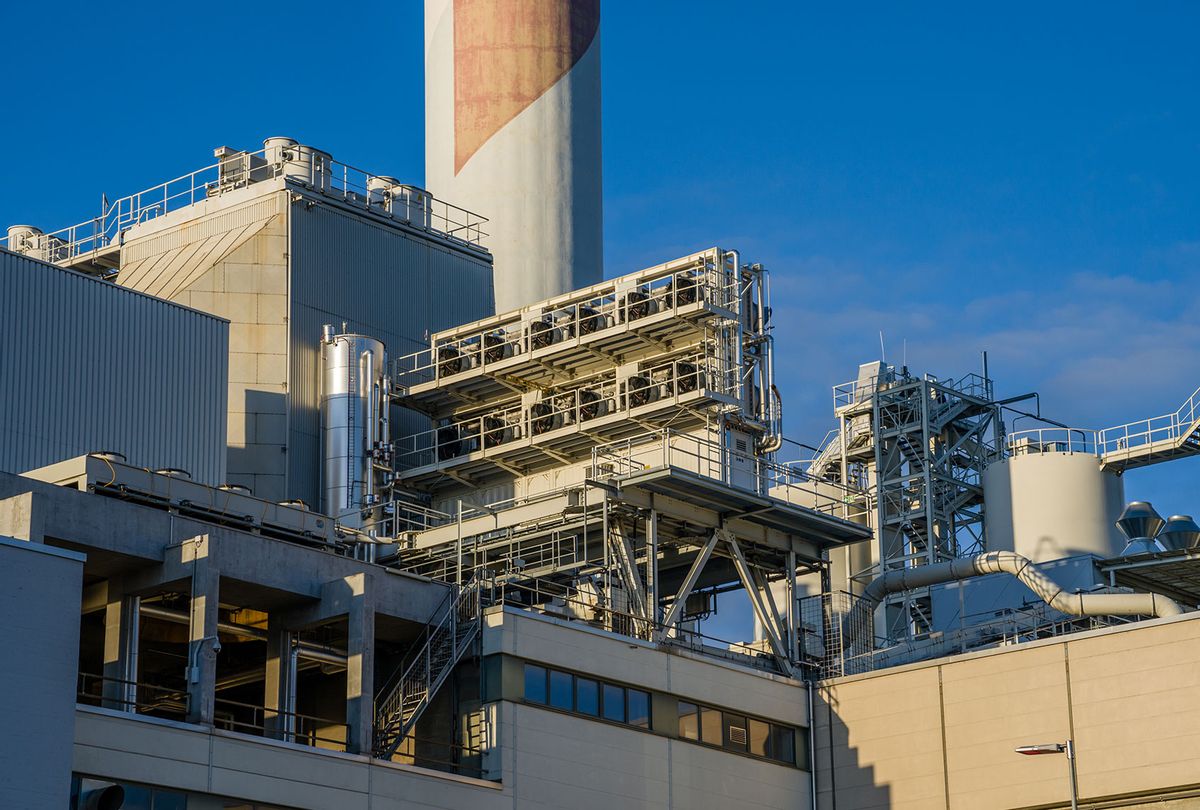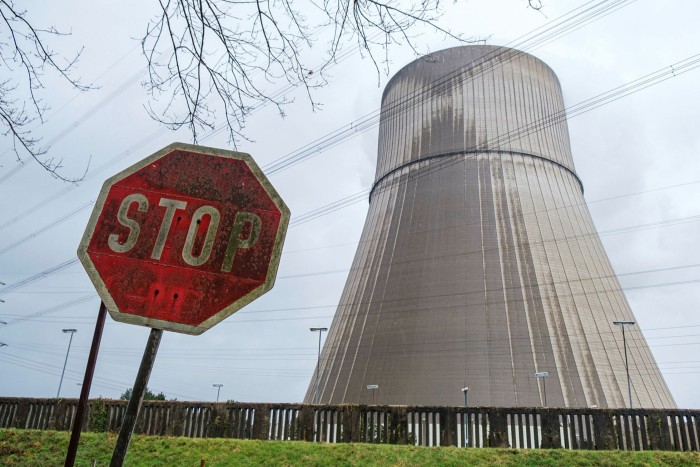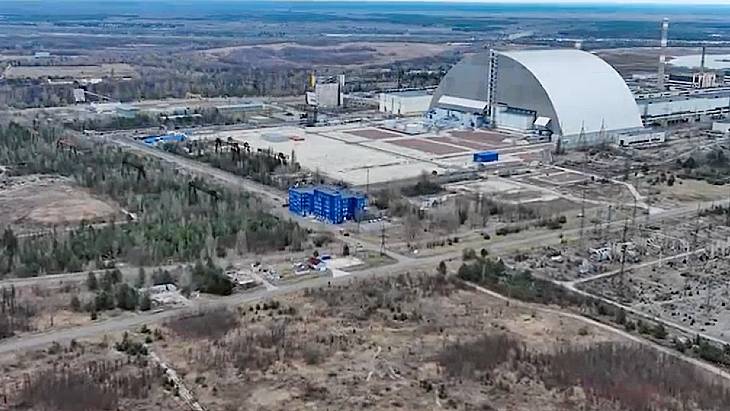Audio from a Tuesday meeting was obtained by The Verge
By Mitchell Clark and Zoe Schiffer Apr 20, 2022
/cdn.vox-cdn.com/uploads/chorus_image/image/70772685/acastro_181114_1777_amazon_hq2_0004.0.jpg)
In an all-hands meeting with employees on Tuesday, Amazon CEO Andy Jassy addressed the mounting efforts to unionize the company’s fulfillment centers. The discussion was sparked by an employee who asked about the company’s position on unions, per a recording of the meeting obtained by The Verge.
Jassy argued that unionization would make employees of the company feel less empowered. “One of the things that’s unique about Amazon is that we have unusual empowerment for our employees,” he said. “If they see something they can do better for customers — or just for themselves — to get together, get in a room, decide to change it, and change it, and do it quickly. We encourage that type of speed. You know, you’re part of the union it’s much slower and much more bureaucratic, much harder to do that.”
Jassy prefaced the statement by making clear that “the decision to join a union is employees’ decision. It always has been, and always will be.”
“[WHEN] YOU’RE PART OF THE UNION IT’S MUCH SLOWER AND MUCH MORE BUREAUCRATIC, MUCH HARDER TO DO THAT”
The all-hands came after weeks of news stories about ongoing union elections at its fulfillment centers in Bessemer, Alabama (where the results are currently being disputed), and Staten Island, New York (where employees voted to unionize one facility and another election is scheduled for next week.)
Jassy also reiterated Amazon’s position that employees having to go through unions ruins their relationship with management. “We think there’s real value in having a connection between teammates and managers where you build a different type of connectivity,” he told employees, “a different type of bond, as opposed to having all of your voice filtered through one person.”
Many of these points have been brought up by Amazon spokespeople in previous comments, but it’s noteworthy to hear them straight from the CEO. Jassy avoided the topic of organization efforts entirely in his first letter to shareholders, though he did touch on the company’s injury rates and the difficulty of hiring employees. He had previously addressed the topic in an interview with CNBC using similar language.
Jassy also addressed recently filed objections to the JFK8 election, saying that “in the cases where we have facilities that are exploring a union” the company wants people to have “an unfettered opportunity to vote.... [Amazon] didn’t feel like that happened at JFK8, which is why we filed the objections we did.”
He ended his answer by acknowledging that the company needs “to keep improving the employee experience and our fulfillment centers every day.”
The comments conflict with many common perceptions among warehouse workers. In interviews for other stories, current and former Amazon employees have complained of overly prescriptive and optimized decisions from existing management. Several prominent Amazon Labor Union organizers also say they have been fired for political activity, including Christian Smalls and Gerald Bryson. (Earlier this week, the National Labor Relations Board ruled that Bryson’s firing was illegal and ordered Amazon to reinstate him.)
Amazon and the Amazon Labor Union didn’t immediately respond to The Verge’s request for comment about Jassy’s statement.
The unionization vote at Amazon’s LDJ5 facility is scheduled to begin on April 25th.


.jpg?ext=.jpg) Byron's cooling towers could also help sequester atmospheric carbon (Image: Constellation)
Byron's cooling towers could also help sequester atmospheric carbon (Image: Constellation)

 Drone footage of Chernobyl (Image: Chernobyl NPP)
Drone footage of Chernobyl (Image: Chernobyl NPP).jpg?ext=.jpg) OPG's Hartwick (L) and TVA's Lyash announced the partnership at the NEI in Washington, DC (Image: TVA)
OPG's Hartwick (L) and TVA's Lyash announced the partnership at the NEI in Washington, DC (Image: TVA).jpg?ext=.jpg) Artistic rendering of the Hermes low-power demonstration reactor (Image: Kairos Power)
Artistic rendering of the Hermes low-power demonstration reactor (Image: Kairos Power).jpg?ext=.jpg) (Image: IEA)
(Image: IEA)-new_730.jpg?ext=.jpg)